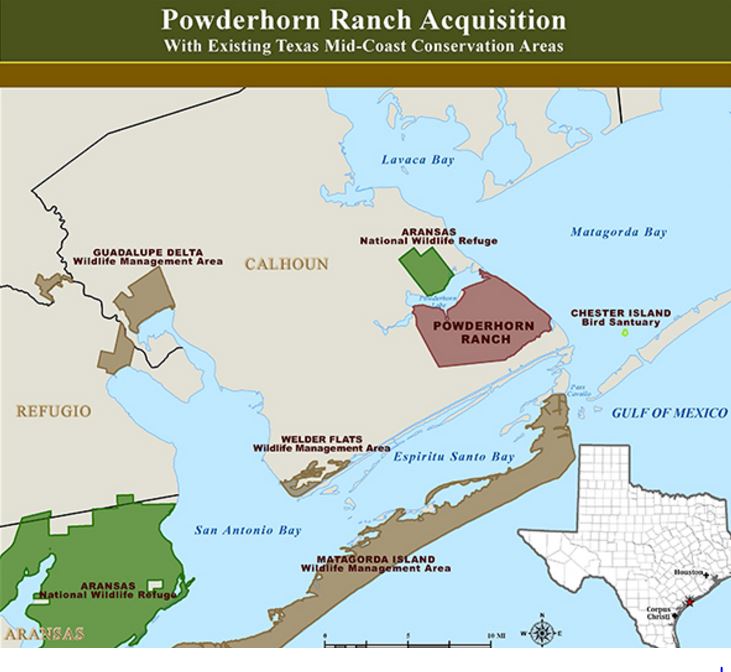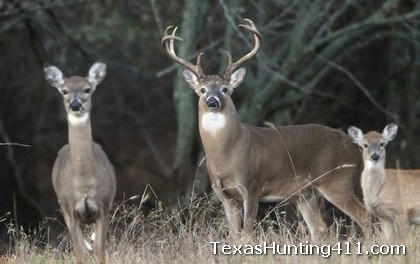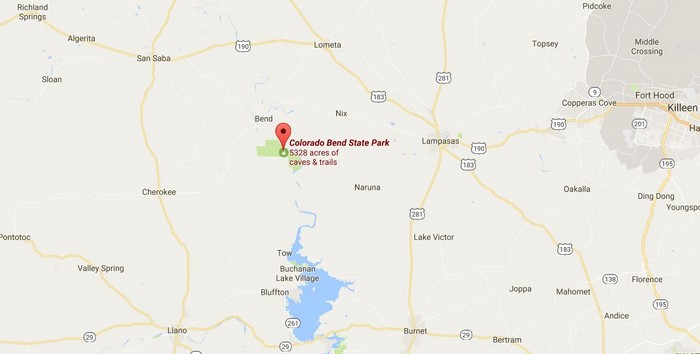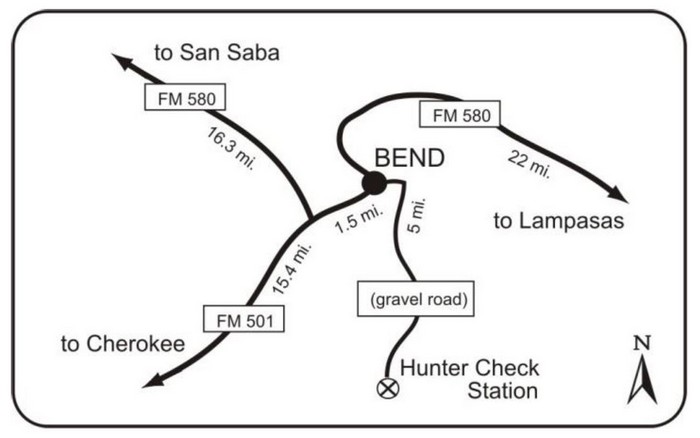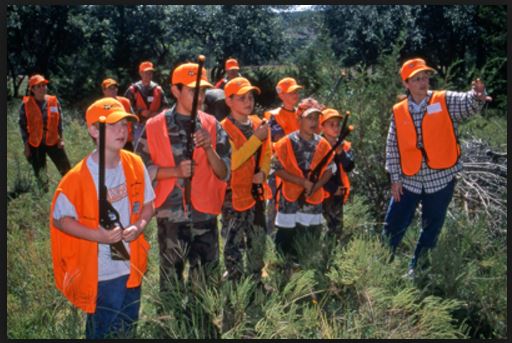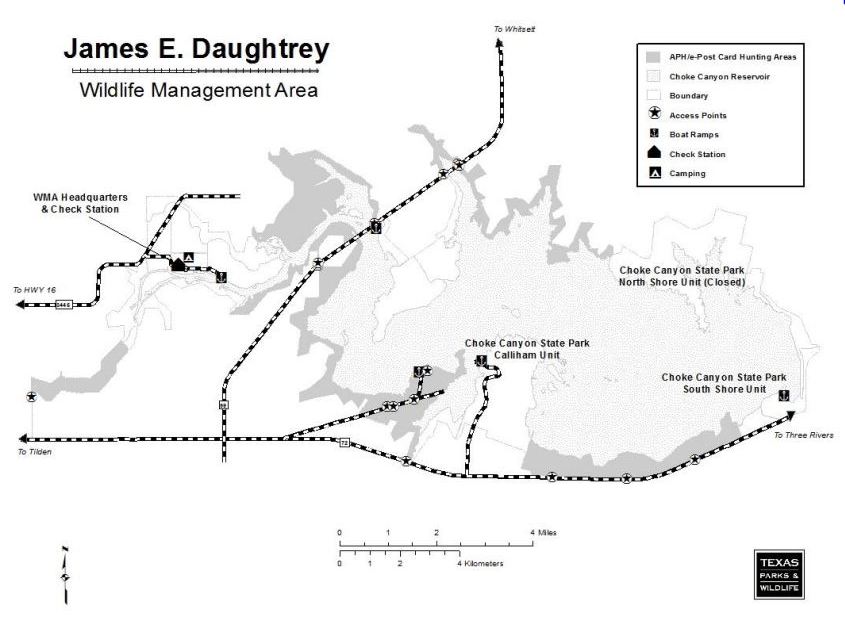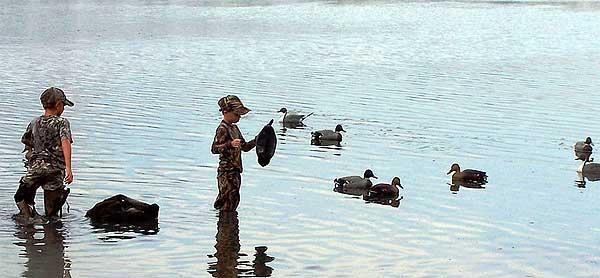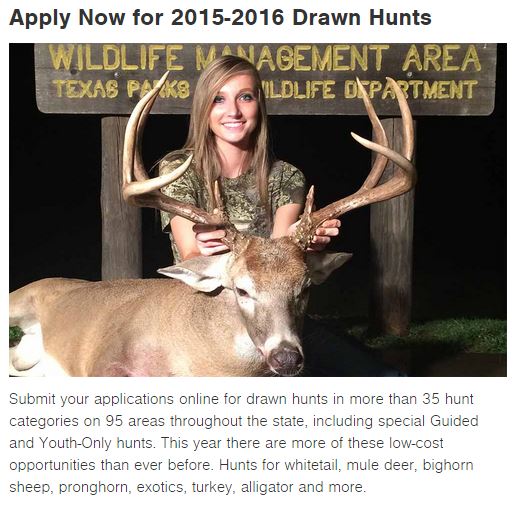The Powderhorn Wildlife Management Area (WMA) is offering exotic hunting for Sambar Deer this fall through the state’s Drawn Hunts. The Powderhorn, by the way, is the newest property on the Texas Parks and Wildlife Department’s property list.
The WMA is so new that many hunters do not even know it exists or if so, where to find it. The Powderhorn WMA is located on the coast in Calhoun County immediately northwest of Port O’Connor, about 75 miles northeast of Corpus Christi, 110 miles southwest of Houston and 130 miles southeast of San Antonio.
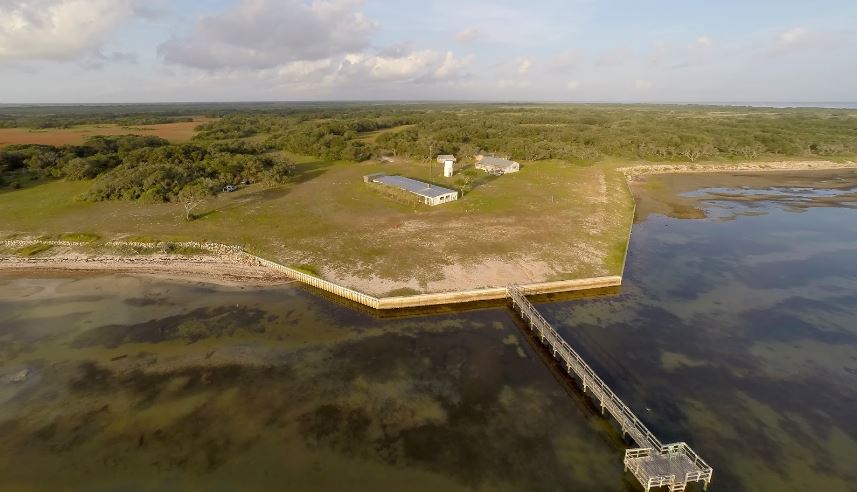
Sambar Deer
The Sambar Deer (Rusa unicolor) is a large deer native to the Indian subcontinent, southern China, and Southeast Asia that is listed as vulnerable on the IUCN Red List since 2008. Sambar deer populations have declined substantially in their native range due to severe hunting and exploitation of the habitat found there.
It inhabits tropical dry forests, tropical seasonal forests, subtropical mixed forests with stands of conifers, broadleaved deciduous and broadleaved evergreen trees, to tropical rainforests, and seldom moves far from water sources. Obviously, the Powderhorn WMA meets all the needs of the Sambar Deer, providing evergreen live oak country and lots of surface water.
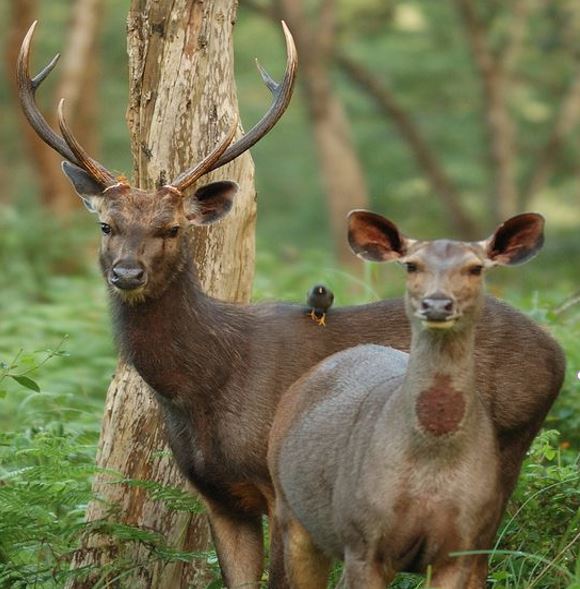
Sambar Deer by the Numbers
This species reminds me of a somewhat of cross between an Axis and an Elk. While much larger than Axis and just a little smaller than an Elk, Sambar bucks have an antler configuration similar to Axis (with typically six antler points). Sambar Deer measurements and more:
- Shoulder heights of 40-60 inches
- Body length of 5-9 feet
- Body weights of 225-700 pounds
- Shaggy coat from yellow-brown to dark gray
- Long tail for a deer species
- Nocturnal or crepuscular (like whitetail)
- Diet consists of grasses, browse and fruits
- Bucks dig antlers into urine-soaked soil (Mmmm good)
- Female Sambar lack antlers
Powderhorn WMA Sambar Hunt
Hunting Sambar Deer and Other Game
In addition to Sambar Deer, the Powderhorn WMA has viable and huntable populations of whitetail deer, feral hogs, coyotes, Rio Grande Turkey, dove and waterfowl. Like much of Texas, bobwhite quail are also found there, but in limited numbers. Maybe increased management on the property leads to huntable quail populations down the road?
In my opinion, the 17,000+ acre Powderhorn WMA’s size, configuration and distribution of habitat means that the property should be a honest to goodness public hunting mecca within the state’s hunting system. Keep an eye out for the Powderhorn and best of luck in getting out there for a Sambar Deer hunt. And if you are lucky enough to have been drawn, please share your experience with us in the comment section. Thank you!
